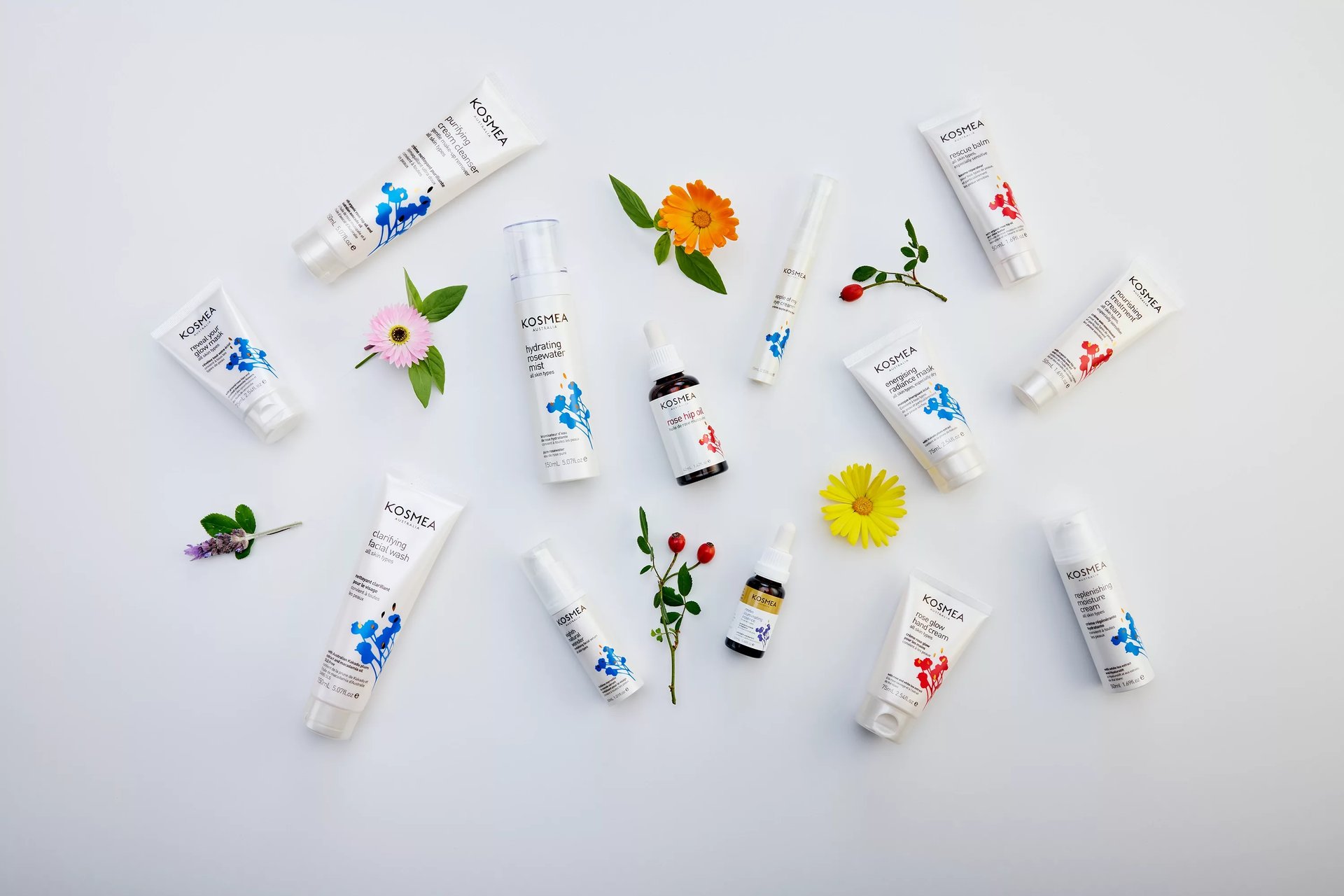Why do scars happen? Scars are a totally natural part of your skin’s healing journey.
When the deeper layer of your skin (called the dermis) gets hurt, your body jumps into action and produces extra collagen - that amazing protein that keeps your skin supple and smooth - to help create new skin cells and heal the wound. Sometimes, though, the body gets a little overenthusiastic, and all that extra collagen can leave behind raised, thick, or bumpy scars.
Reducing the appearance of scars
The good news is that while scars might not vanish completely, there are ways to soften their texture and reduce their appearance. And remember, one of the best things you can do while your skin is healing is to keep the area well-moisturised and nourished. This helps prevent scabs from forming too quickly, giving your skin the chance to heal smoothly without any interruptions or tearing of this newly forming skin.
If you’re already dealing with a stubborn scar, here are ten ways to soften, fade and help reduce scar tissue, so that you can get your skin feeling like itself again.

1. Massage the scar
When you massage a scar - especially with a good oil that encourages skin cell renewal - you’re helping to break down the extra collagen that builds up during healing. The circular motion improves blood flow and softens the tissue around the scar, making the skin more flexible and less tight. Over time, this can help flatten raised scars and make them less noticeable. Plus, the increased circulation brings oxygen and nutrients to the area, speeding up healing. Using a moisturising lotion or essential oil with collagen-boosting ingredients can make the results even better.

2. Apply silicone gel or sheets
Silicone-based gel sheets have shown good results for minimising the appearance of hypertrophic scars, keloid scars, acne scars, post-surgical scars, and burn scars. They work by hydrating the scar tissue, regulating collagen production, and creating a protective barrier that reduces redness, itching, and eventually too much collagen which causes thickening of the skin. They aim to flatten raised scars and reduce the possibility of discolouration over time. They can be bought over-the-counter at most chemists.

3. Use sunscreen
Sunscreen is important if you’re trying to fade scars. UV rays can darken and thicken scar tissue, causing pigmentation and making it stand out even more. It’s best to use a broad-spectrum sunscreen with at least SPF 30 to protect your skin and prevent discolouration, so that the scar can heal more evenly. If you apply it daily - rain or shine - you’ll keep your skin tone more even and your scars less noticeable over time.

4. Use over-the-counter scar creams
There are several over-the-counter scar treatment creams containing ingredients like silicon, vitamin C and E, Hyaluronic Acid or allantoin among other ingredients. These creams and gels may help to reduce the appearance of scars when applied consistently. For these products, do your research online and perhaps try a couple for two weeks to find one that works for your skin type.

5. Try natural remedies
Aloe vera, honey, coconut oil, lemon juice and Rosehip Oil are known for their skin-healing properties. It’s sometimes believed that natural remedies can take longer to help skin conditions, but if used consistently every day, a natural oil with healing botanicals can be a much more effective ally in treating scar tissue than medicated creams which contain retinoids or steroids. Natural ingredients can keep the scar hydrated and support skin regeneration by stimulating collagen production, skin cell regeneration, and acting as anti-inflammatories.

6. Exfoliate regularly
Gentle exfoliation with a mild scrub helps to sweep away dead skin cells and encourages fresh, healthy skin to come through. This can make scars look softer and less obvious. It also boosts collagen production which helps even out skin tone over time. Exfoliating helps other scar treatments such as oils or gels to sink in better and work more effectively. Just be consistent and go easy - no harsh scrubbing needed as this will only inflame the scar further.

7. Consider microneedling
This cosmetic procedure involves tiny needles inserted into the skin to create micro-injuries which causes the skin to generate new skin cells and stimulate collagen and elastin production in the process – the skin’s natural response to healing a wound. Therefore, the skin lays down new skin cells, regenerating itself to smooth scars and improve skin texture. You may need more than one session of microneedling, but over time this process can significantly reduce the appearance of acne scars, stretch marks, and surgical scars.

8. Opt for laser therapy
Laser treatments are a good option if you want a more intensive treatment. Lasers work by using focused light to break down excess scar tissue which boosts collagen and elastin production - basically helping your skin regenerate from the inside out. Over time, this can flatten raised scars, improve texture, and reduce discolouration. There are different types of lasers depending on whether you’re targeting pigment or resurfacing the skin, and you’ll likely need a few treatment sessions to see results.

9. Seek other professional treatments
If the scars are severe, you may want to consult a dermatologist who can provide a range of other intensive treatments including chemical peels, steroid injections, dermal fillers, dermabrasion and surgical removal.

10. Be consistent
While there’s no magic trick to make scars disappear completely, there are plenty of ways to help them fade and soften over time. A little consistency, a bit of patience, and being open to trying different methods can really make a difference. And if you’re ever unsure about what’s best for your skin, a quick chat with a dermatologist can help point you in the right direction with personalised advice.


